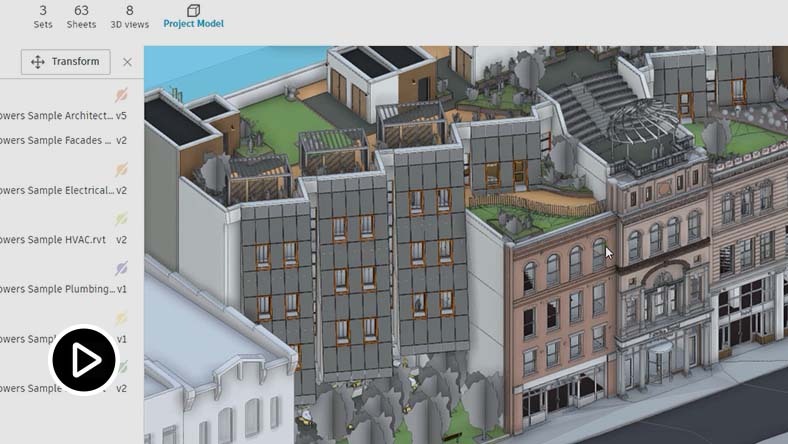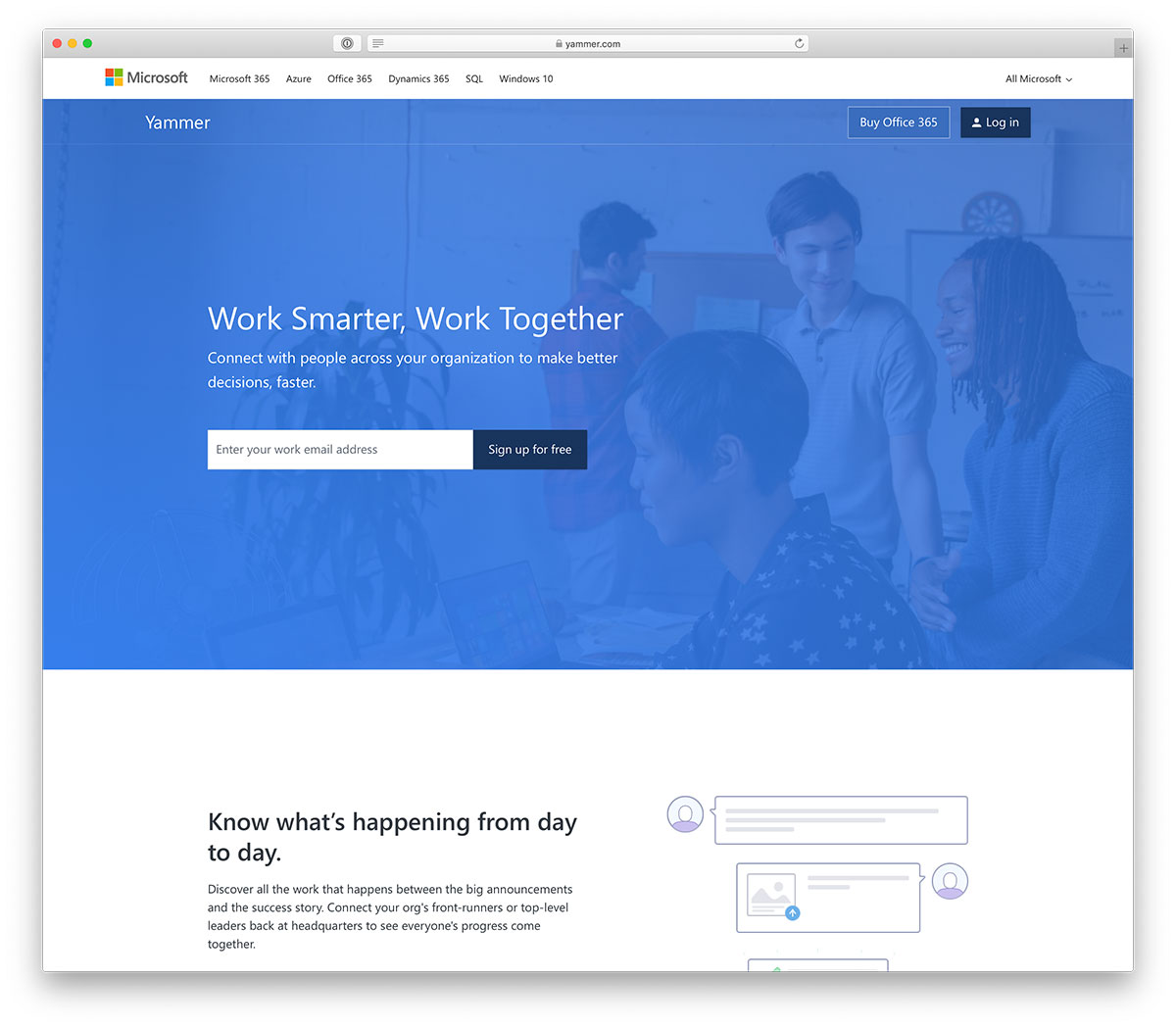Table Of Content

An approach built on open communication and cross-functional teams lead to better and faster results, full stop. Now that we’ve covered the importance of developing a collaborative design process, let’s look at how to do that. If you create a design process where everybody has greater agency in contributing designs and input, it makes it harder for team members to walk away, miss deadlines, or become disillusioned with a project. UX teams appreciate specific feedback—and that’s a point project managers can explain to stakeholders when kicking off a project. Arguably the main benefit of using collaborative design is keeping your team on the same page from the moment a project kicks off right until the finished product launches. You can achieve this by having project managers establish regular meetings, check-ins, and channels for sharing ideas and feedback.
DBCS Unveils Chinese Operations Centre in Chongqing, Strengthening Sino-Singapore Design Collaboration Insights - iChongqing
DBCS Unveils Chinese Operations Centre in Chongqing, Strengthening Sino-Singapore Design Collaboration Insights.
Posted: Thu, 01 Feb 2024 08:00:00 GMT [source]
Marketing provides feedback
Your team members learn from each other’s successes and their failures which leads to ongoing skill development and process refinement. Whenever there’s collaboration, there are numerous different perspectives involved. And while this can be somewhat exhausting from time to time, these perspectives bring valuable insights, experiences, and knowledge to the entire project.
Transforming the design process at
Genesis Fajardo, a native of Guatemala, understands the importance of belonging in sometimes new or unfamiliar surroundings. Tonnu’s collaboration spaces enabled cross-generational mentoring between colleagues, and focused on inclusive design that served a range of neurodivergent needs. Colors and signage for wayfinding, acoustic solutions, soft panels, and the inclusion of privacy booths for people to get away were all included in her designs. Tasked to design an office for a fictional architecture and design firm located in Dallas, called “NEXT,” student designers were asked to create spaces they want to see in their own offices. All of the finalists incorporated features that help elevate personal wellbeing, foster belonging and support fluid hybrid collaboration + privacy.
Grass Patch That Tells The Time
Most organizations also understand the importance of creating quality designs, as 73% of companies plan on investing more into their design teams over the next twelve months. Some happen in real-time, letting us talk and create together instantly (synchronously). Others allow us to work at different times (asynchronous), giving flexibility. Working within our team (internal) helps us stay focused while working across different groups (cross-department) and mixes skills for better results.
Collaborative design: A quick-start guide for product design teams
And this, in turn, makes the design work we’re doing with the nonprofits that Constructive partners with more strategic, more creative, and more effective. Stakeholders are individuals or groups who have a vested interest in the design outcome. Stakeholders provide feedback, set project goals, and ensure the design aligns with business objectives. If you are going to achieve design collaboration success, you’ve got to pull out all the stops. We hope that this piece helps you to improve your design collaboration workflow. Follow best practice and use the right tools, and you’ll be sure to achieve success.
We learn more not just by watching tutorials and reading content online, but by looking at designs made by real people and understanding the thought process that goes behind creating those designs. Collaborative design happens when you involve people from different fields starting from the early stages of a project. For example, you might involve a developer, UX writer, and a product designer to work on a new modal. The great thing about collaborative design is that it sets you up for success from the get-go since you’re more aware of the whole picture.
Sometimes they need to be constantly in sync, while in other cases they need to control the exchange of information between each other. A strong collaboration culture is one of the most important factors that will drive a business towards success, one where all the departments have a unified vision. Moreover, all the other designers will have access to everyone else’s latest version of their work to avoid misusing the wrong version.
Why collaboration is so beneficial to the design process
Design collaboration tools can help you increase your team’s productivity, but at the end of the day it's all about communication. Balsamiq is a design collaboration tool that allows you to create wireframes for websites and web, desktop, and mobile apps. Consider holding regular critique sessions, just like in a UX design team, where team members share work, exchange opinions, and brainstorm ideas for continuous improvement. In architecture and interior design, architects, interior designers, engineers, and clients work together. The collaborative design ensures that spaces are functional, aesthetically pleasing, and meet the needs and vision of the clients while adhering to technical and safety requirements. And finally, let’s look at some tools for design collaboration that can help you share information easily, create documents, and talk with your teammates.
Enable real-time collaboration
We supported each site in co-designing and piloting local solutions, while fostering solidarities and knowledge sharing across sites. In Phase 1 we convened over 40 scholars, practitioners, and community leaders to identify a research and practice agenda. Community leaders in each city facilitated a series of “design circles” that brought diverse community members together face-to face to identify and co-design solutions to local issues. We do this by reimagining how families and communities can create more equitable schools and educational systems. We engage in research to develop “next” (beyond current “best”) practices, measures, and tools to foster equitable collaborations toward community wellbeing and educational justice. We believe each project is a step towards a more sustainable and resilient future.
In our experience, collaborative design is the only way to create products that can work for everyone. Because everyone can participate, voice their opinions and concerns, and ultimately help make a product they’d like to use themselves. To keep our design thinking as creative and innovative as possible, Constructive’s team shares tons of examples of great design work that resonates with us keep our deign thinking innovative. We try to share and keep an organized record of all the things we see online that inspire us. We have a channel in Slack just dedicated to design, where our team shares great design throughout the day.

We will tailor our scope of services, schedule, budget, and design concept to achieve your unique vision. You can expect to receive detail-oriented management and oversight with an earnest commitment to collaboration from project inception to completion. A balanced team of designers working together allows us to not only perceive strengths of our peers, but also learn from them. The design community has always benefitted when its members have shared their knowledge rather than confining it to themselves.

No matter your discipline—design, development, content, or strategy—I believe we get better each day as individuals by engaging in challenging conversations with each other. They’re great practice for your presentations before you present to a client. Are my ideas clear or I have to over-explain my rationale so that people understand the intention? If so, I probably want to make sure those things are more clear in design so that I can explain less. Visual representations, such as sketches, wireframes, or storyboards, help communicate ideas and concepts effectively. They facilitate discussions and align the participants' understanding of the design direction.
Teams should leverage communication, even for the customer, rather than assuming a solution works for them. More importantly, designers and developers aren't bogged down with the administrative work around simply tracking down design feedback or clarifying change requests on designs. With collaborative design, feedback is centralized and gathered directly on the design file itself. Have you been looking for ways to make your team really care about the work they're doing? By injecting creatives into the right stage of the design process and asking them for ideas and feedback, you can give them a sense of ownership around the finished product. Collaborative workflows help UX designers brainstorm with each other, with writers, and with developers.
The brief has to be revised and updated as many times as needed before the project continues. To be able to eventually work and empathise directly with the users, we need to first strengthen our roots in our own community. It is an established fact that every person has a different way of approaching a problem. While working alone, every designer enjoys the freedom to “do their thing”. Gain valuable outside perspective and expertise that brings clarity to confusing situations and helps chart a new path forward for your nonprofit.
No comments:
Post a Comment